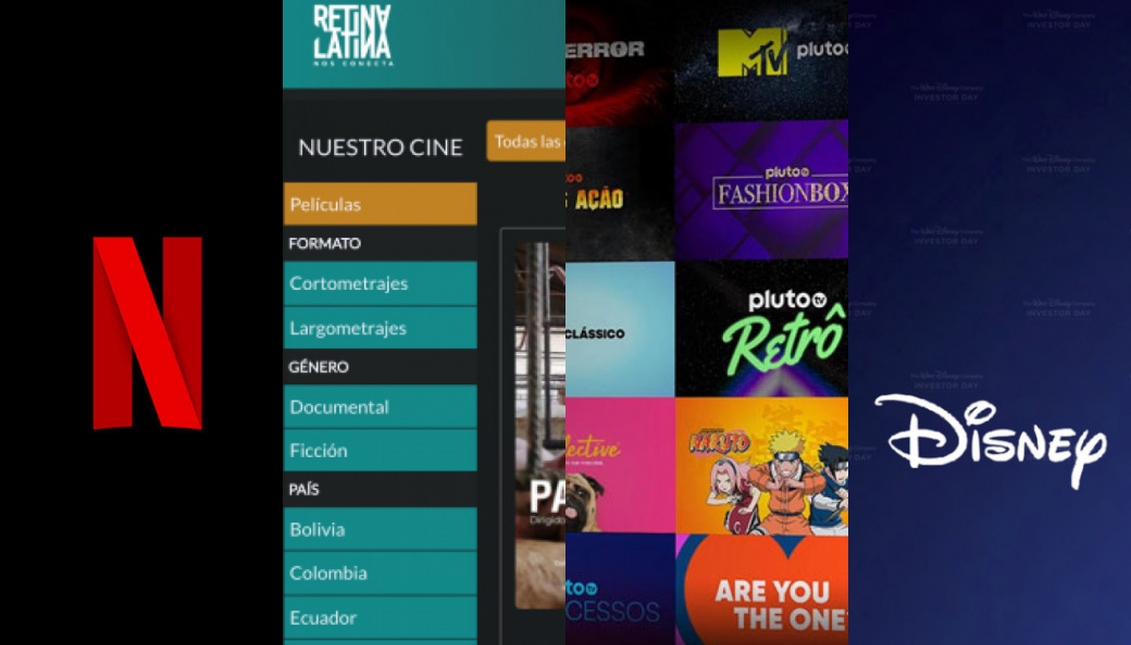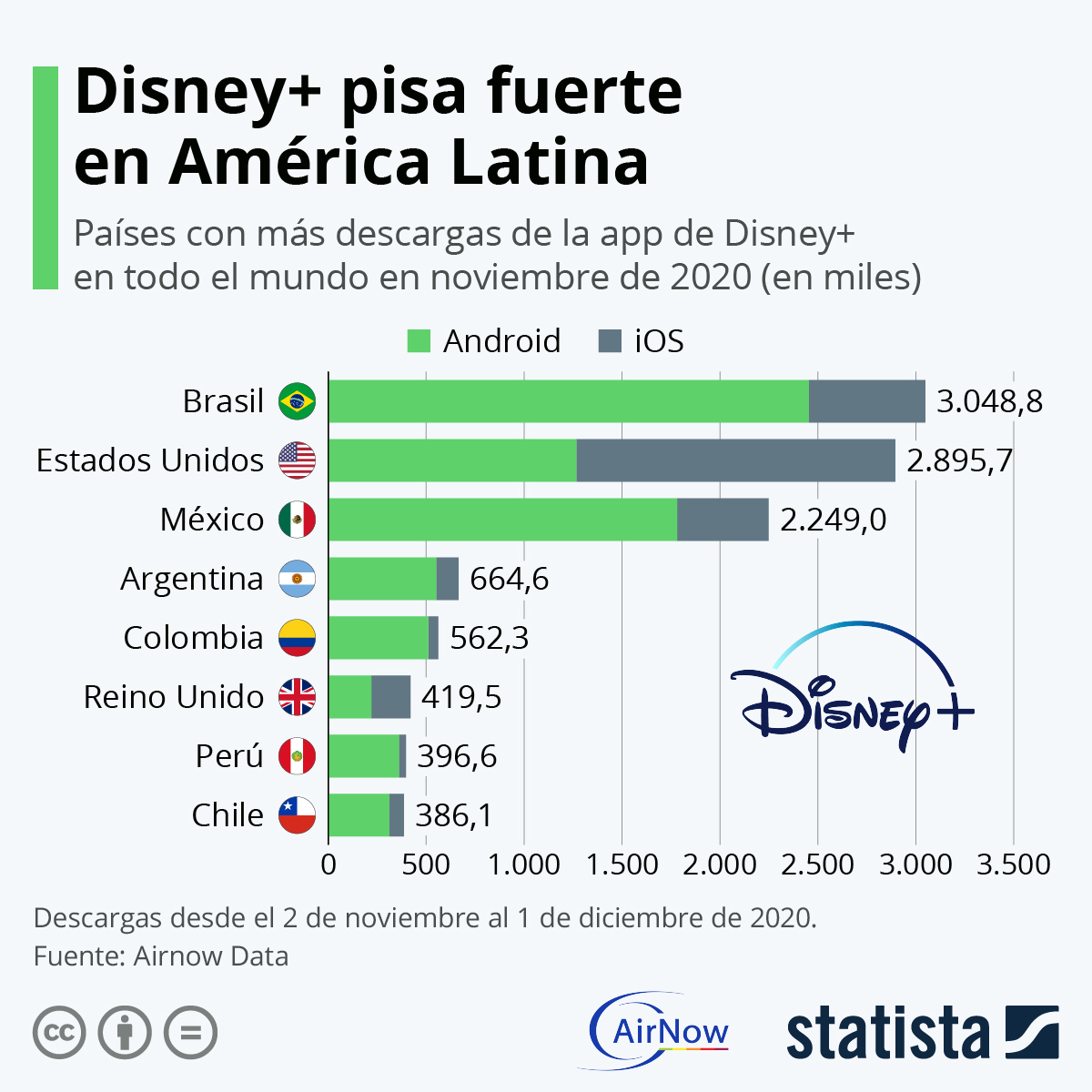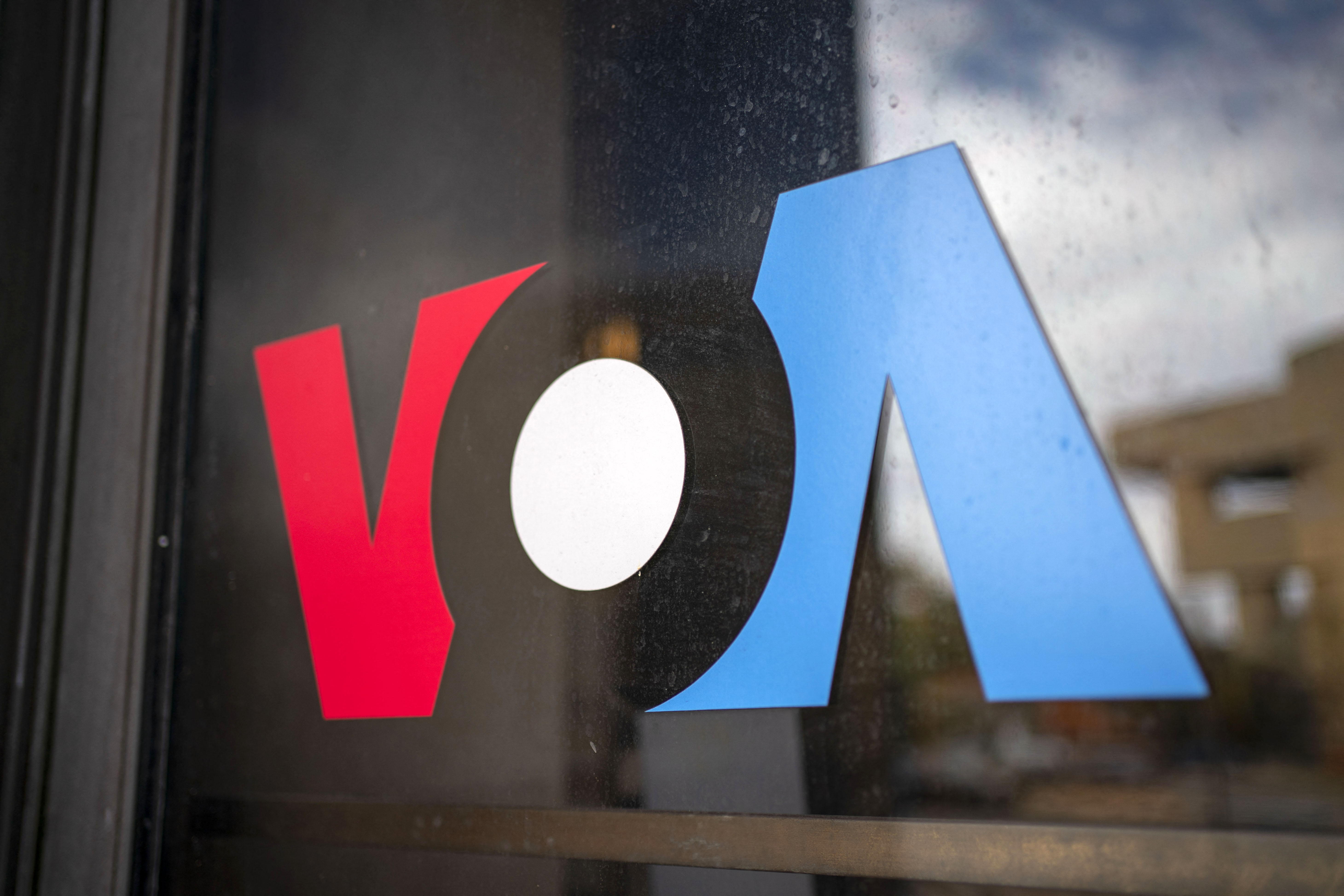
What will the streaming war hold for Latin America in 2021?
Last month's announcement of Disney's launch of Star+ in June of this year is just the tip of the iceberg in the battle for audiences.
Disney+ recently announced the launch of another streaming platform in Latin America and for international users called Star+.
The original platform from India will encompass all of its content that does not meet the familiar image of the brand and offer services for adults in Europe, Canada and New Zealand.
In Latin America it will cost $7.50 exclusively or $9 in a package with Disney+. It will include sports events depending on the country, soccer matches, tennis grand slams, and a catalog with more than 2,000 titles.
With platforms like Disney+, Netflix, Hulu and Amazon Prime, on-demand broadcasting has radically transformed consumption on the small screen. No longer do advertisers run the gamut, but paid content. As television loses advertisers and the average age of its viewers increases, the new model grows with hundreds of millions of possible subscriptions around the globe.

This global battle for subscriptions, otherwise known as the war of streaming platforms, is a battle with names like HBO, Amazon, Netflix and Disney+, and has hundreds of small distributors competing in an arena where the diversity of future content is also at stake.
The pandemic and confinements only accelerate the trend in 2020.
Disney claims to have more than 137 million subscriptions and expects to reach 300 or 400 million by 2024. That's why at the end of the year it announced the expansion on the small screen of the Star Wars and Marvel universes, but also series from many other franchises like Alien.
HBO has announced the expansion of Hellraiser and the addition of Clive Barker to its executive team.
RELATED CONTENT
Netflix remains the master of crossing audiences, with new global hits every month.
Amazon is also unstoppable through its own devices to offer streaming on normal televisions. It's also seen global successes in its various adaptations of Philip K. Dick novels and the superhero parody, The Boys.
The owners and directors of these companies are aware of the large audience that the enormous Latin continent represents. For this reason, they are now trying to generate new content appealing to the audience, such as the new series about Selena Quintallina and the review of Latin rock in Rompan Todo, both by Netflix.
They have also acquired a large number of children's series with Latin dubbing.
Country-wise, Brazil surpasses the United States in the number of downloads, followed closely by Mexico, Argentina and Colombia. In Brazil, there are almost 20 million subscriptions, 15 million in Mexico, and major growth is expected in Colombia and Peru.
Leaving out pirate platforms, there are also alternatives such as Retina Latina, Pluto TV or Mubi.
No one expected such a big growth, so companies are looking for production companies to double their content, while other small local production companies with less budget are also launching into the furious waters of streaming to offer a catalog generated in their own countries. Regardless, there is a lot of money at stake in the competition.











LEAVE A COMMENT: